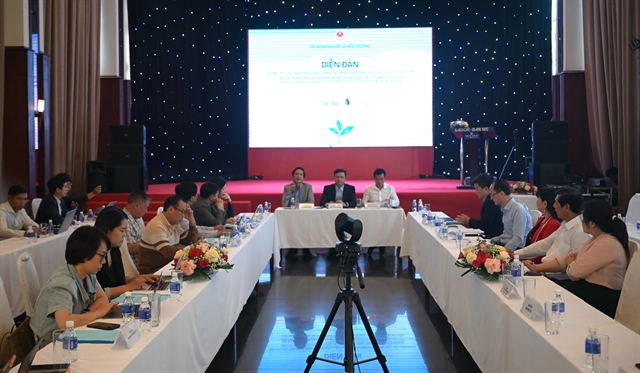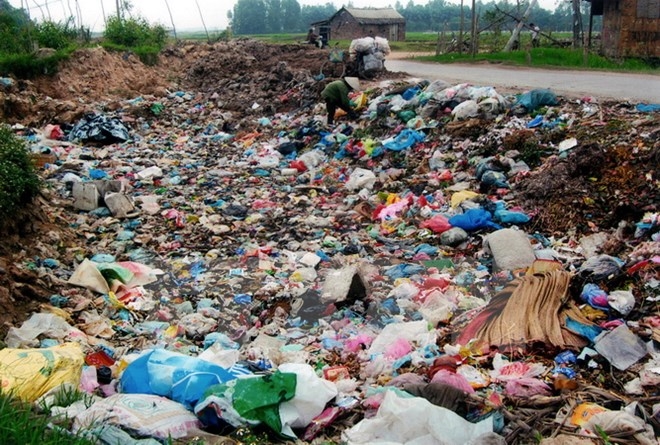 Environment
Environment

" />HCM City plans to reduce burying of solid wastes and improve waste treatment technologies by 2030, the Department of Natural Resources and Environment has said.
 |
| HCM City plans to reduce burying of solid wastes and improve waste treatment technologies by 2030, the Department of Natural Resources and Environment has said.— VNA/VNS Photo |
HCM CITY — HCM City plans to reduce burying of solid wastes and improve waste treatment technologies by 2030, the Department of Natural Resources and Environment has said.
Nguyễn Thị Thanh Mỹ, the department’s deputy head, told Việt Nam News that the department and other relevant agencies have reported to the People’s Committee that they are exploring advanced burning technologies for waste treatment such as pyrolysis and plasma gasification, and are looking for vendors.
But they need to do more research about them before seeking the committee’s approval, she said.
“The cost of using these technologies is not higher than the cost of burying rubbish. But the city has seen pollution caused by burying. We are seeking ways to reduce the pollution while treating [waste].”
The city plans to make classification of solid wastes mandatory for everyone in the city by 2018, she said.
“It is difficult because of many reasons including the fact that many people are not used to the practice.”
At a two-day international conference on solid-waste management in HCM City that opened yesterday, Đào Thùy Vân of the Bình Thạnh District Division of Natural Resources and Environment said in her district 87 households have been classifying waste on a pilot basis since 2013.
“We tried our best to communicate the benefits of classification and encouraged them to do it. Finally, they agreed. However, we were told to stop the implementation.
“One year later, we were again instructed to classify. This caused difficulties for us in communicating with and encouraging them.”
Now around 80 per cent of them classify their waste, she said.
But the system cannot be less inefficient.
Thống Nhất Environmental Hygiene Co-operative collects and transports the classified wastes to a small concentration zone near the district’s Bà Chiểu Market before taking them to Đa Phước Solid Waste Treatment Complex in Bình Chánh District.
But because it is voluntary and not mandatory, the private co-operative sometimes does not want to collect or transport the wastes.
Incredibly, at the concentration zone, the classified wastes are dumped together with the market garbage, rendering the whole exercise pointless.
Võ Thành Nhân of the District 6 Natural Resources and Environment Division said the city should have policies to ensure the public and collectors benefit when they carry out the classification and collection.
His is one of six districts in the city classifying rubbish on a pilot basis since 2013. District 2 will join the list this year.
The city generated 9,000 tonnes of solid waste a day last year, and this is estimated to increased to 12,000 tonnes by 2020. — VNS




